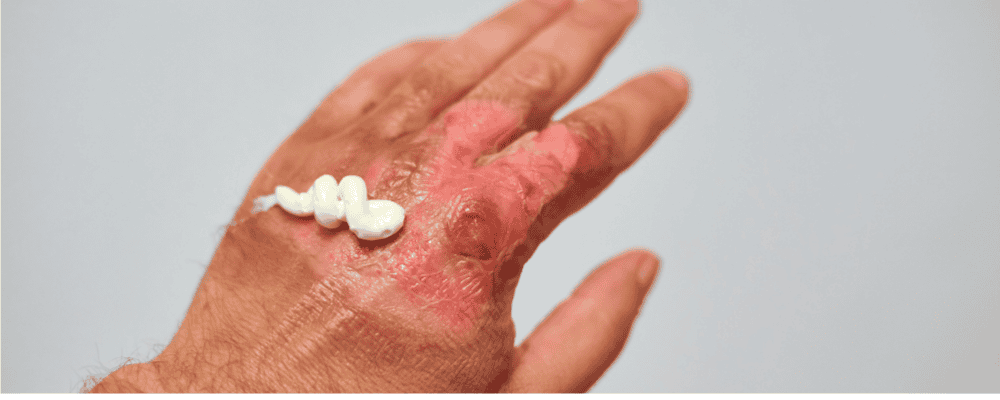SHENZHEN, August 2, 2025 – Scientists have developed a new wound dressing that uses modified bacterial cellulose to deliver human thrombin, dramatically accelerating the body’s ability to stop bleeding.
The dressing, described in a new study published in Bioactive Materials, is designed to help manage acute blood loss from burn wounds and trauma by harnessing the natural clotting power of thrombin within a biocompatible cellulose scaffold.
The researchers anchored thrombin onto the cellulose using a cellulose-binding domain, which allowed the clotting enzyme to remain active without disrupting the porous, breathable structure of the bacterial cellulose. In animal studies, the modified material—called thrombin-anchored bacterial cellulose or T-BC—significantly reduced clotting time compared to unmodified cellulose or other commercial products.
Bacterial cellulose is a naturally occurring biopolymer known for its high water retention, mechanical strength, and ability to maintain a moist healing environment. These properties make it ideal for wound care, and recent advances have focused on enhancing its healing potential by combining it with therapeutic agents.
The new study builds on this work by demonstrating how targeted modifications to the cellulose surface can provide hemostatic benefits while preserving the material’s structural integrity. Importantly, the researchers noted that the thrombin remained tightly bound to the cellulose, reducing the risk of uncontrolled release and making the dressing safer for clinical use.
In preclinical models, the T-BC dressing achieved complete hemostasis faster than standard cellulose or gelatin-based controls. The team reported that the dressing was stable, non-toxic, and easy to apply, suggesting strong potential for surgical and emergency use.
The study forms part of a wider movement to develop multifunctional biomaterials capable of accelerating wound repair while addressing specific challenges such as infection, inflammation, and blood loss. The authors note that this thrombin-cellulose hybrid could eventually be tailored for different wound types and therapeutic applications.


